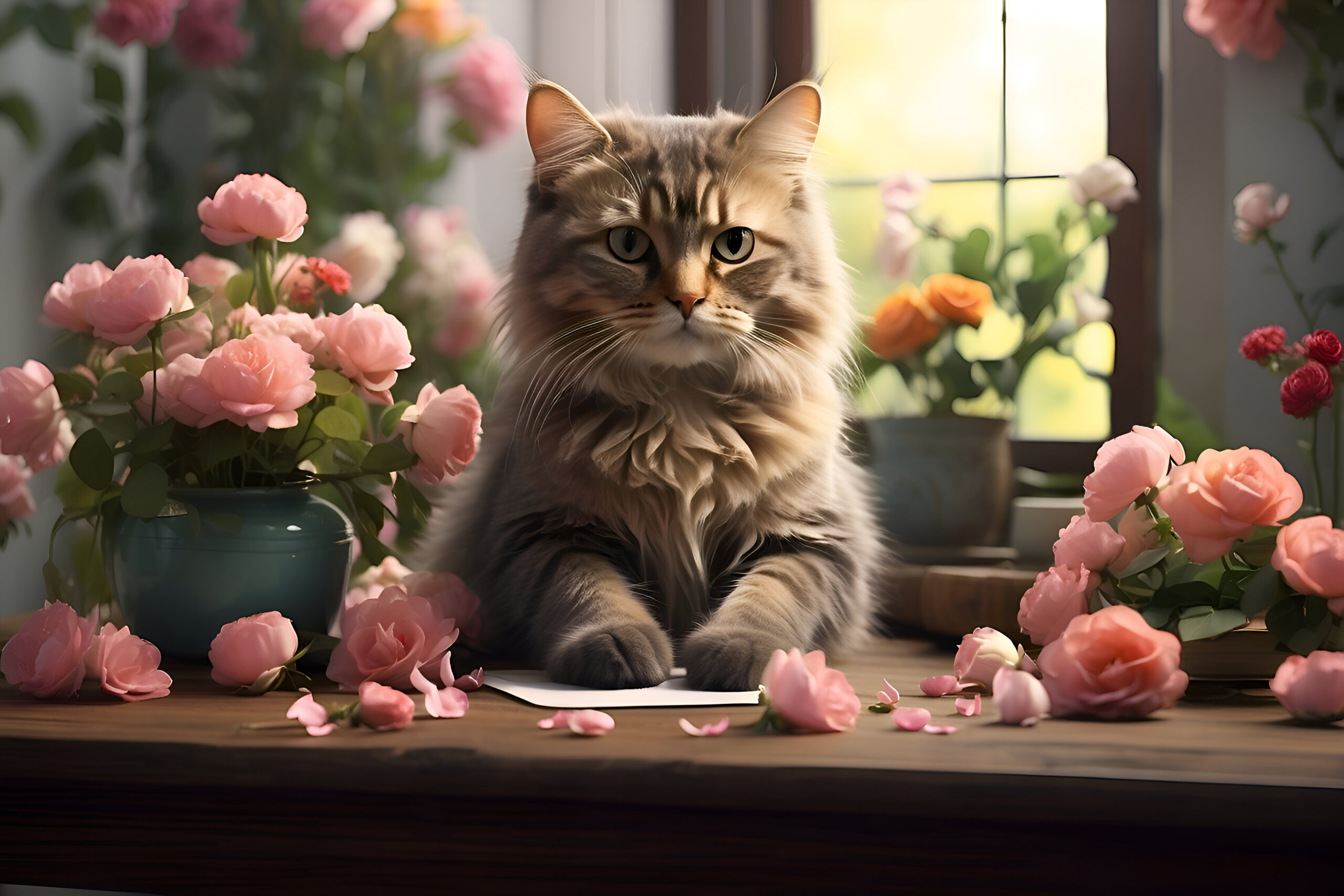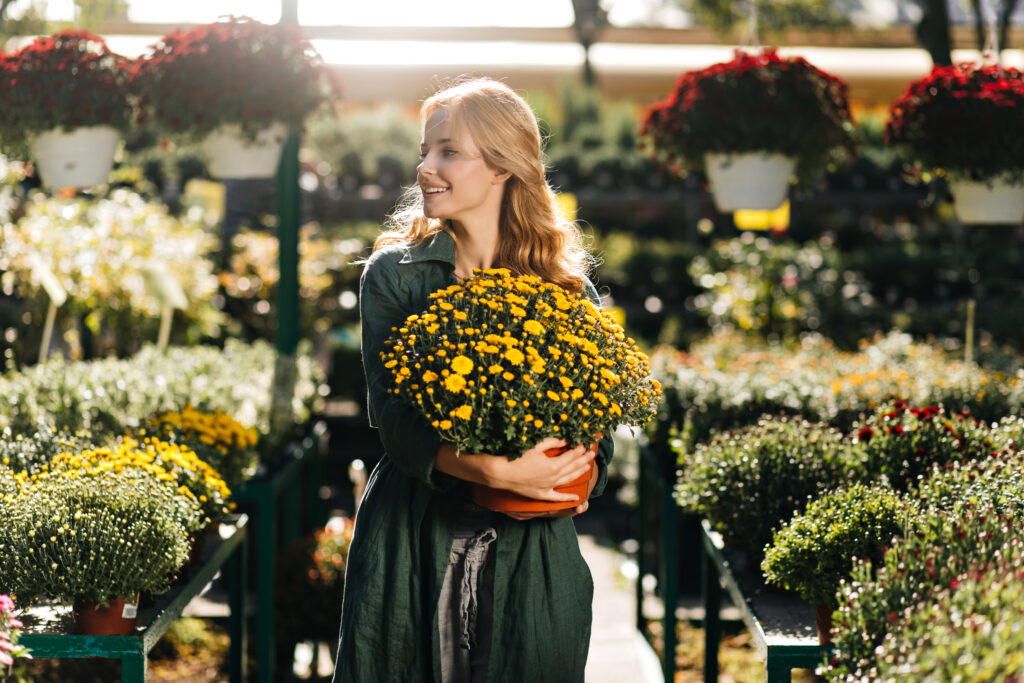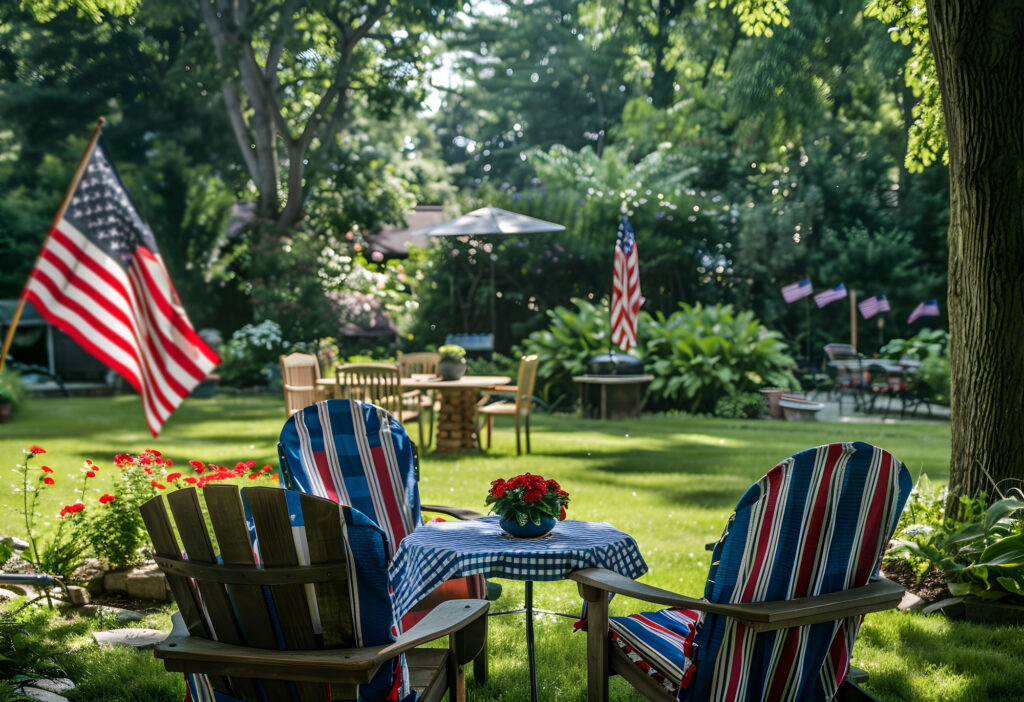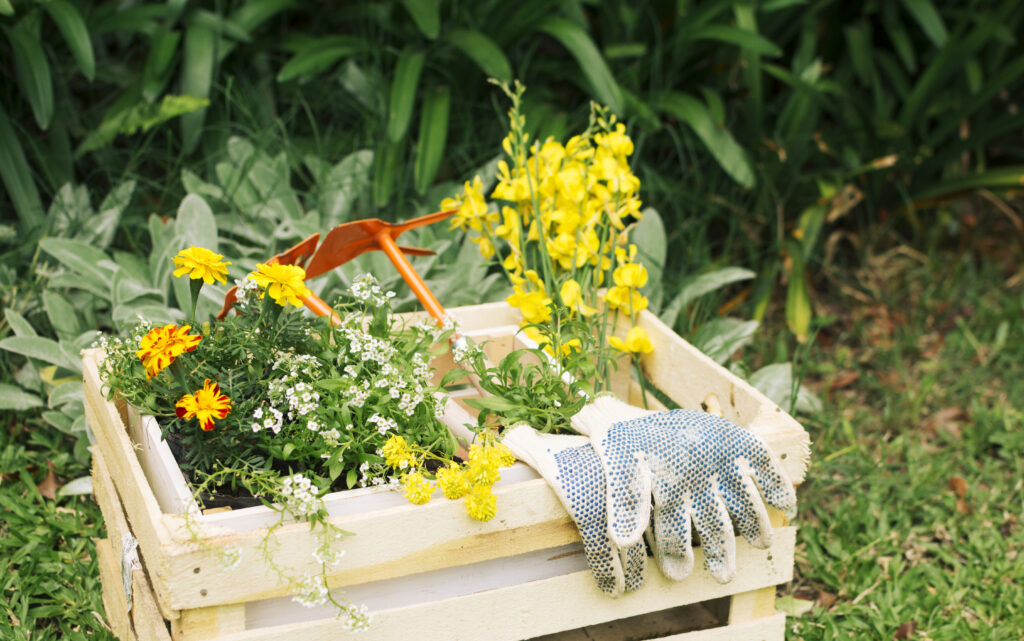How to Plant Wildflower Seeds
Cat Friendly Flowers
Introduction to Cat Friendly Flowers :
When it comes to creating a beautiful garden, pet owners often find themselves facing a dilemma: how to cultivate a vibrant outdoor space without putting their beloved furry friends at risk. Fortunately, there are many cat-friendly flowers that not only add charm and color to your garden but also ensure the safety and well-being of your feline companions.
Table of Contents
Benefits of Cat Friendly Flowers for Pet Owners
1.Enhancing the Environment for Cats:
Cat friendly flowers provide an enriching environment for your pets, offering stimulating scents, textures, and colors that engage their senses and encourage exploration. From fragrant blooms to lush foliage, these plants provide a sensory playground for curious cats to enjoy.
2. Ensuring Safety for Pets:
By choosing cat friendly flowers for your garden, you can eliminate the risk of accidental poisoning or adverse reactions in your pets. These flowers are non-toxic and safe for cats to interact with, giving you peace of mind knowing that your furry friends can roam and play freely without encountering harmful toxins.
3. Adding Aesthetic Appeal to the Garden:
In addition to their practical benefits, cat friendly flowers add aesthetic appeal to your garden, enhancing its beauty and visual appeal. Whether planted in garden beds, containers, or hanging baskets, these flowers create a stunning backdrop for outdoor living spaces and provide year-round enjoyment for pet owners and their cats alike.
Factors to Consider When Choosing Cat Friendly Flowers
1.Non-Toxicity:
When selecting cat-friendly flowers for your garden, prioritise varieties that are non-toxic and safe for cats to be around. Avoid plants known to be toxic to pets, such as lilies, azaleas, and tulips, and opt for safer alternatives that pose no threat to your furry companions.
2. Allergenicity:
Consider the allergenicity of certain flowers and plants, as some cats may be sensitive to pollen or plant sap. Choose flowers with low allergenic potential, such as petunias, marigolds, and roses, to minizise the risk of allergic reactions in your pets.
3. Ease of Care:
Choose cat friendly flowers that are easy to care for and maintain, especially if you’re new to gardening or have limited time to devote to plant care. Select varieties that are hardy, drought-tolerant, and resistant to pests and diseases, ensuring long-lasting beauty with minimal effort.
Top 10 Cat Friendly Flowers
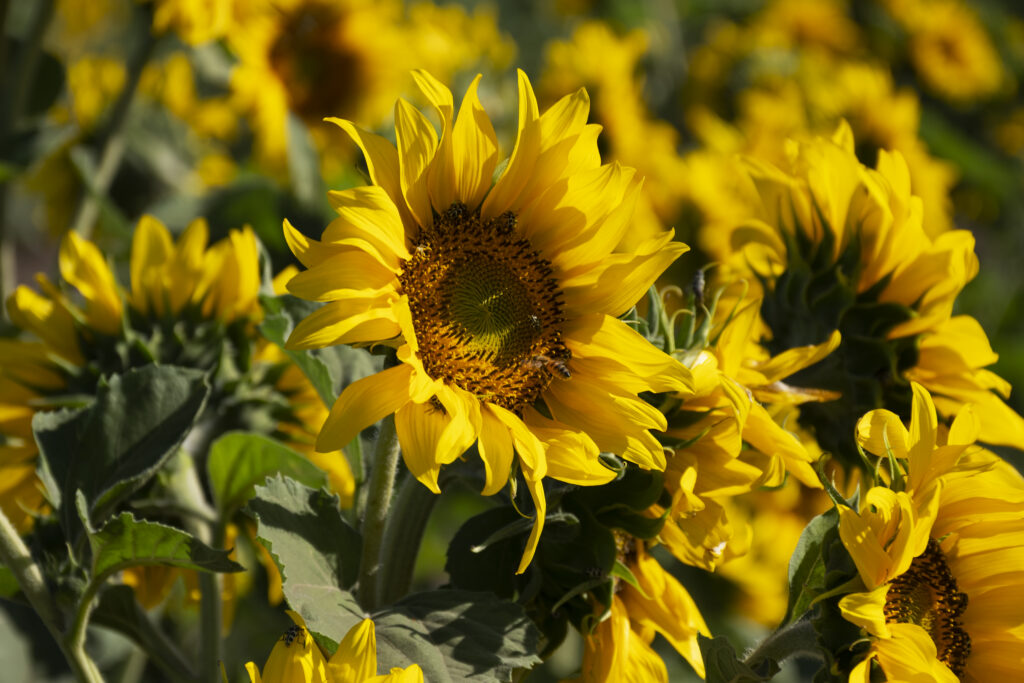
1. Sunflower (Helianthus annuus):
Sunflowers are iconic summer blooms known for their towering height and cheerful appearance. These hardy flowers are non-toxic to cats and attract beneficial pollinators to the garden.
2. Marigolds (Tagetes spp.):
Marigolds are cheerful annuals known for their bright blooms and pest-repellent properties. These hardy flowers are non-toxic to cats and add a pop of colour to garden beds and borders.
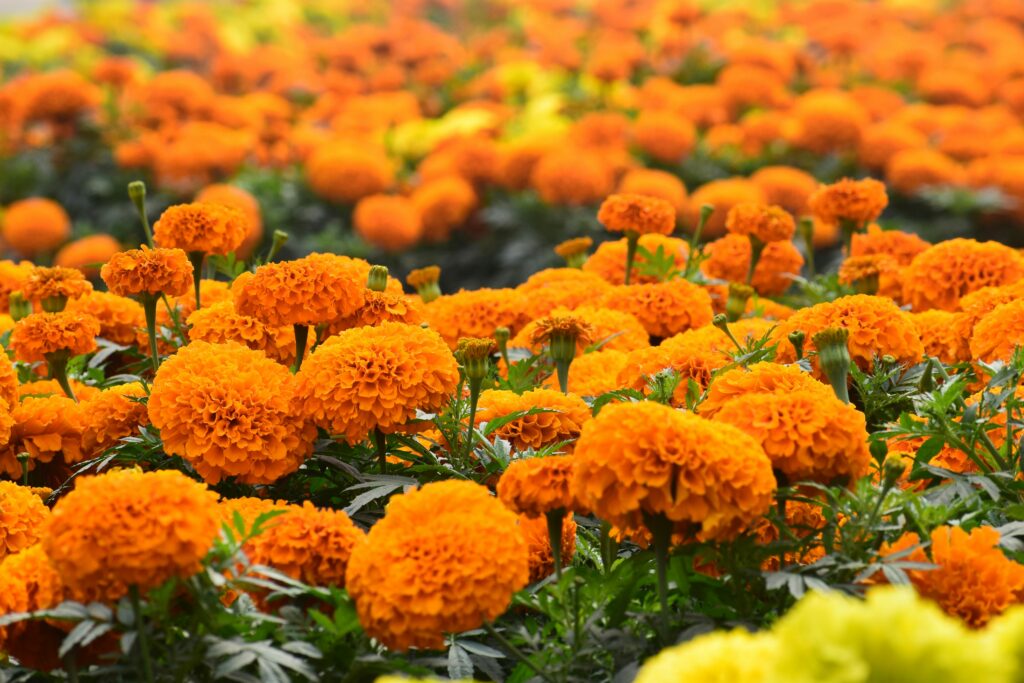
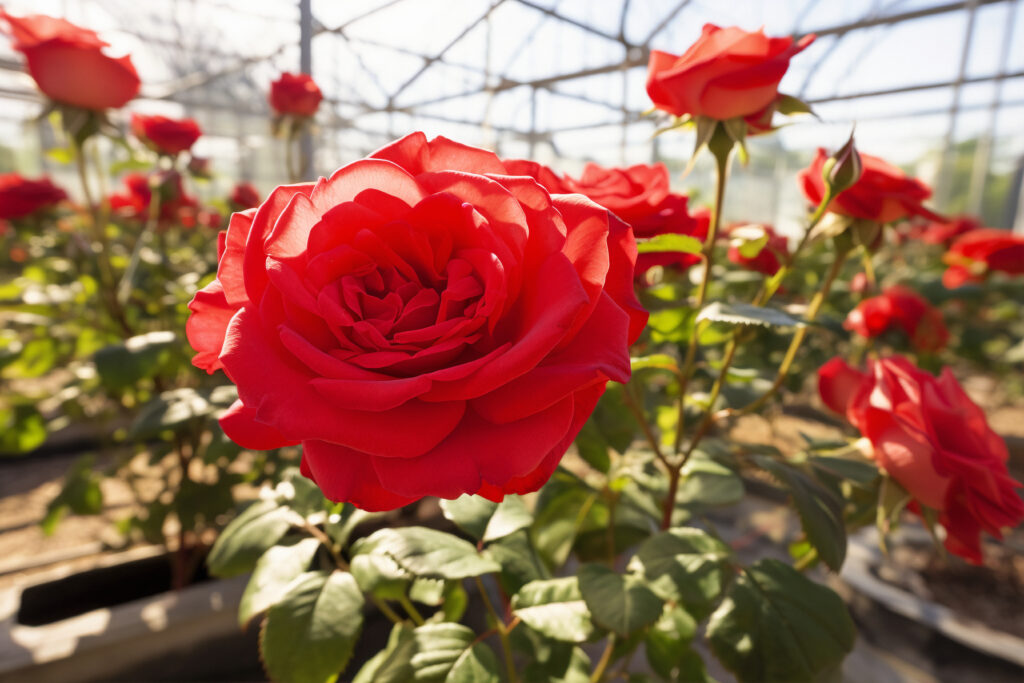
3. Roses (Rosa spp.):
Roses are classic garden favourites cherished for their beauty and fragrance. While some varieties may have thorns, roses themselves are non-toxic to cats and can be grown safely in your garden.
4.Catnip (Nepeta cataria):
Catnip is a perennial herb that produces fragrant foliage and small, white flowers. Cats are irresistibly drawn to catnip and often exhibit playful behaviour when exposed to its scent.
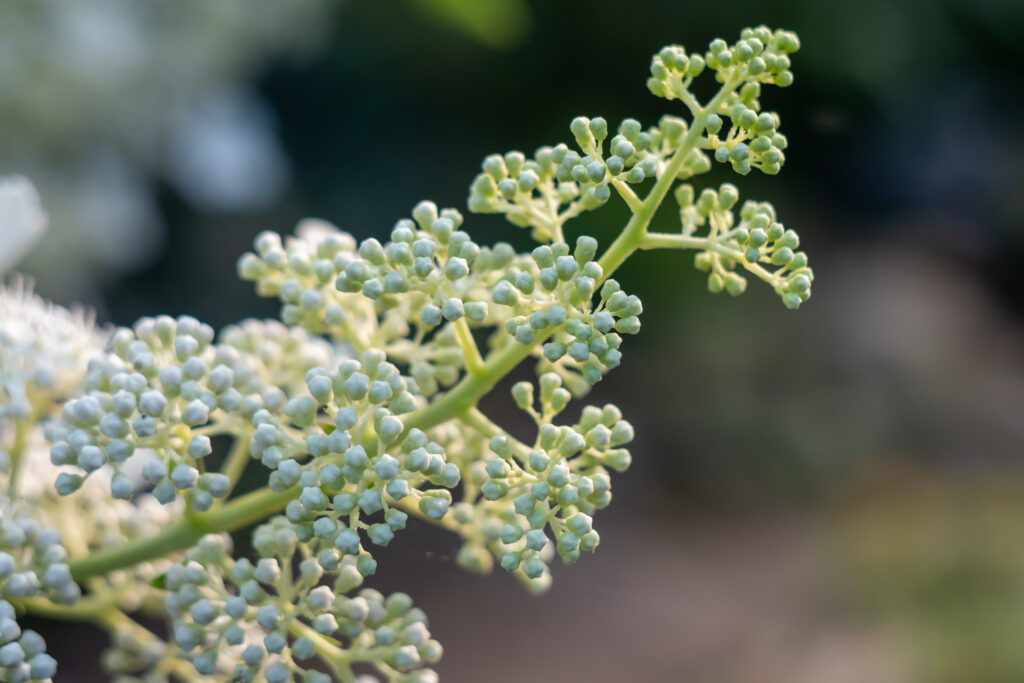
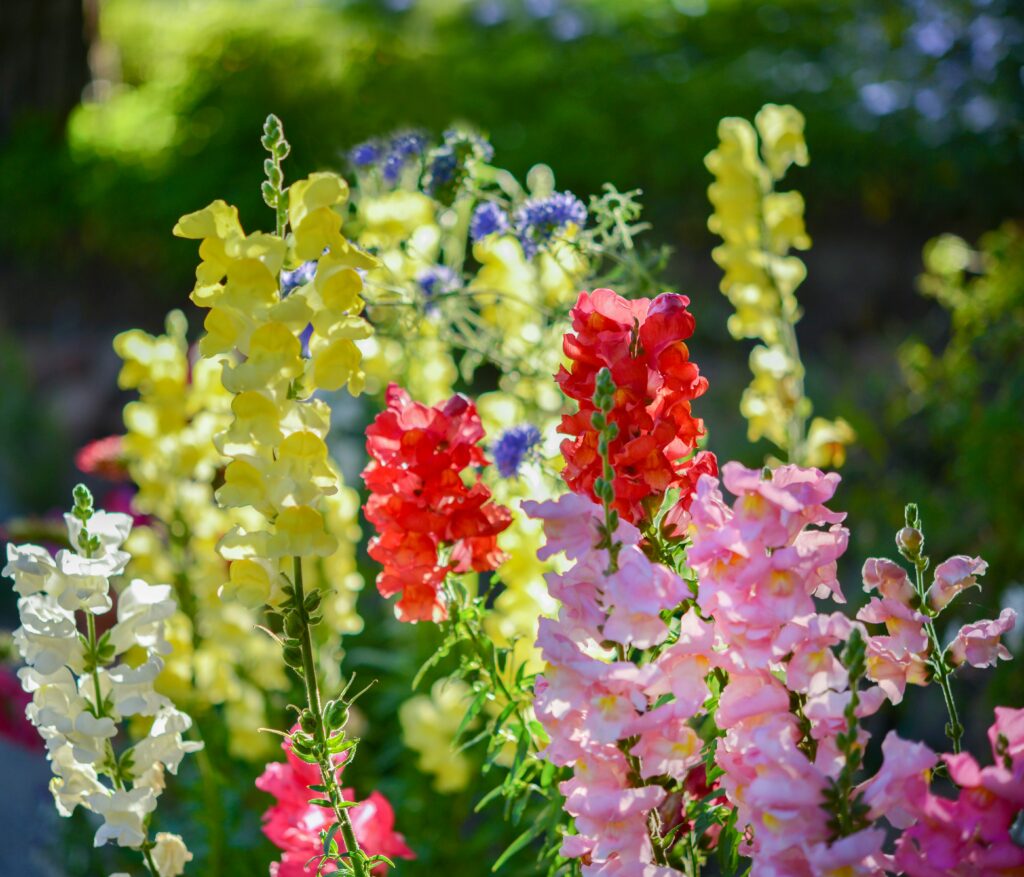
5.Snapdragons (Antirrhinum majus):
Snapdragons are whimsical annuals prized for their unique flower shapes and vibrant colours. These non-toxic flowers add vertical interest to garden borders and containers.
6.Spider Plant (Chlorophytum comosum):
Spider plants are well-liked indoor plants appreciated for their ability to purify the air and their simple care needs. These non-toxic plants are safe for cats and can be grown indoors or outdoors.
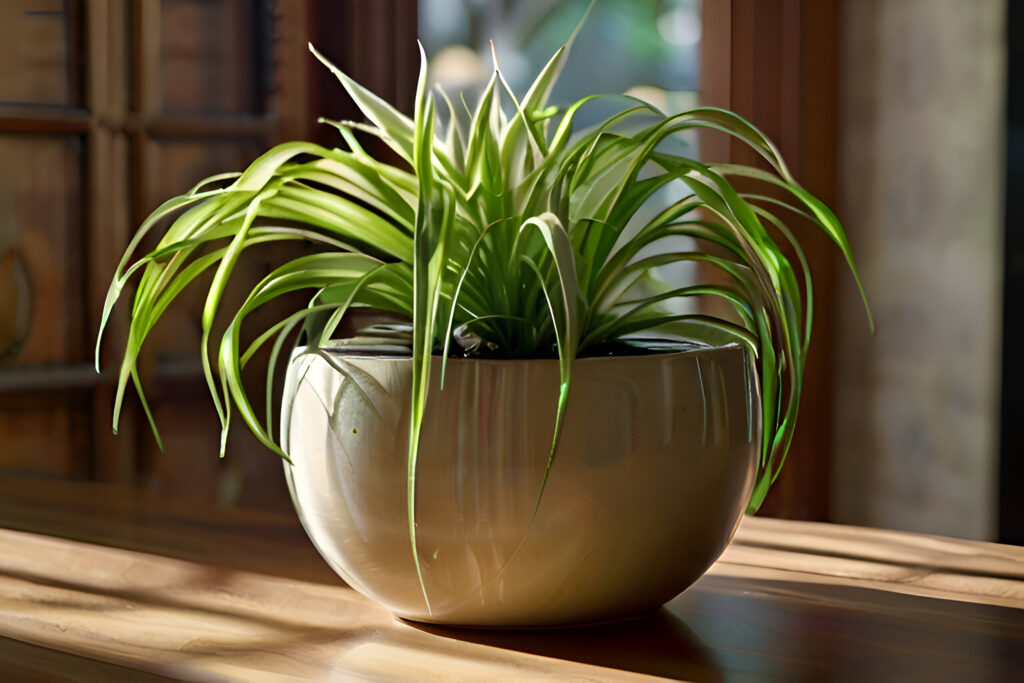
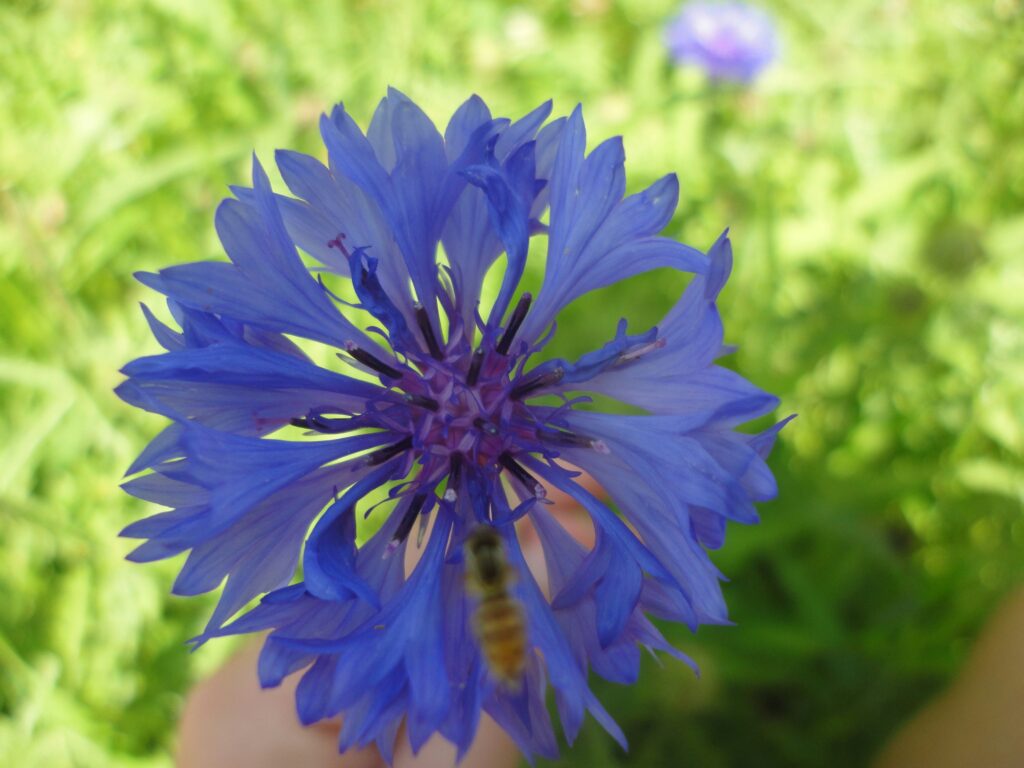
7.Bachelor’s Buttons (Centaurea cyanus):
Bachelor’s buttons, also known as cornflowers, are charming annuals with vibrant blue blooms. These non-toxic flowers attract pollinators and add a touch of old-fashioned charm to garden beds and bouquets.
8.Impatiens (Impatiens spp.):
Impatiens are shade-loving annuals prized for their prolific blooms and low-maintenance nature. These non-toxic flowers are available in a variety of colours and can brighten up shady corners of the garden.
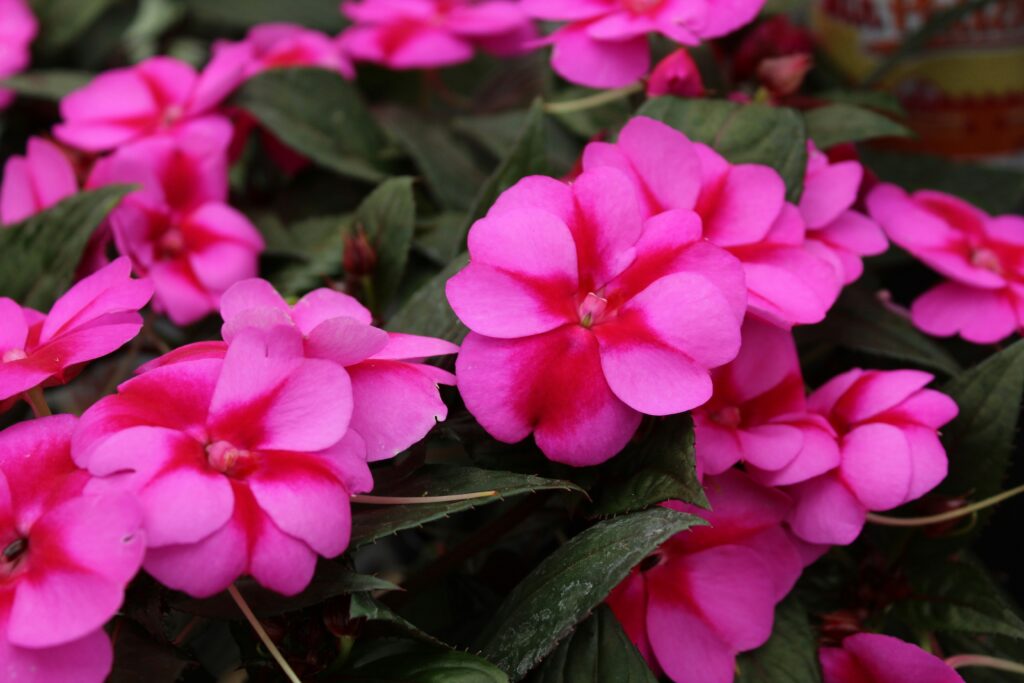
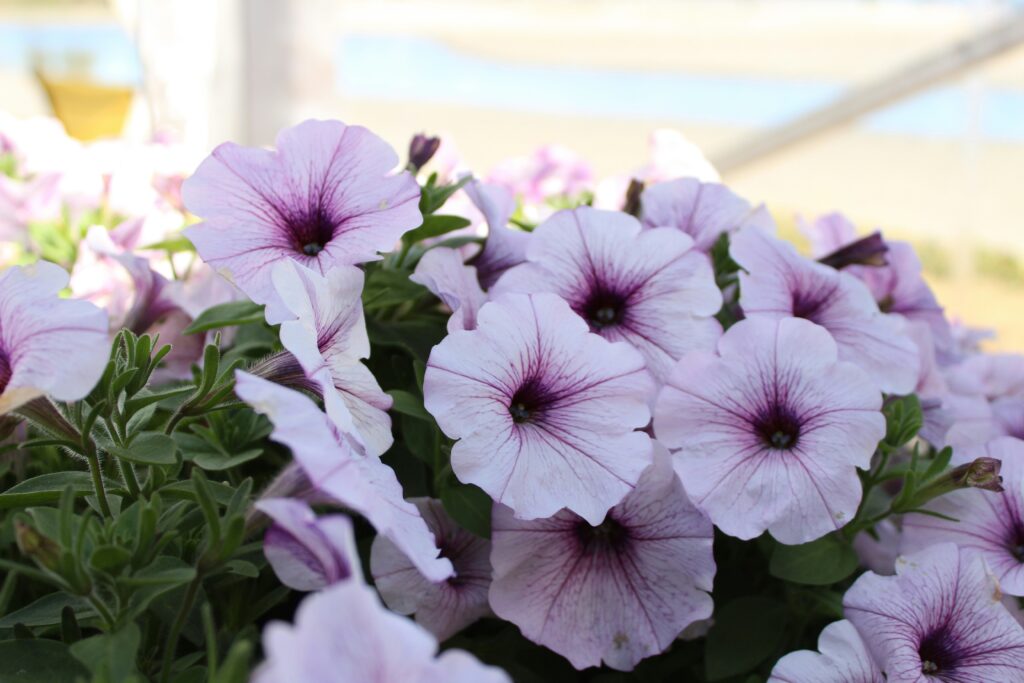
9.Petunias (Petunia spp.):
Petunias are versatile annuals valued for their vibrant blooms and trailing growth habit. These non-toxic flowers are perfect for hanging baskets, containers, and garden borders.
10.African Violets (Saintpaulia spp.):
African violets are beloved houseplants admired for their velvety foliage and delicate flowers. These non-toxic plants thrive in bright, indirect light and add a touch of elegance to any indoor space.
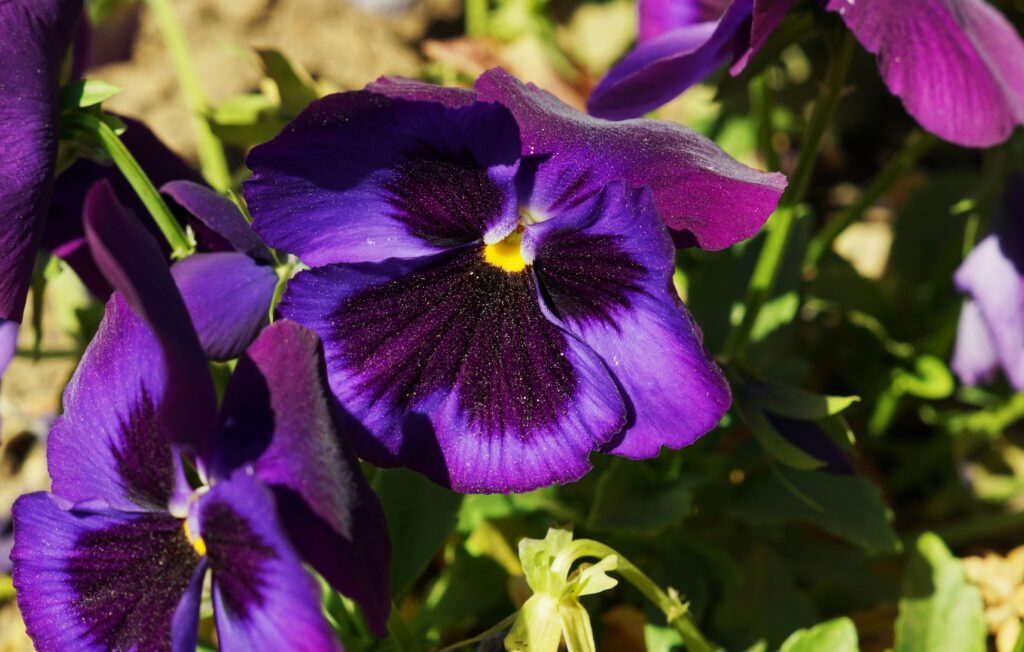
Tips for Growing Cat Friendly Flowers
- Choosing the Right Location: When planting cat-friendly flowers in your garden, choose a location that receives adequate sunlight or shade, depending on the specific requirements of each plant. Ensure good air circulation and drainage to prevent waterlogged soil and reduce the risk of fungal diseases.
- Proper Soil Preparation: Prepare the soil in advance by amending it with organic matter such as compost or aged manure to improve its texture and fertility. Incorporate a balanced fertilizer to provide essential nutrients for healthy plant growth and development.
- Watering and Maintenance: Establish a regular watering schedule based on the moisture needs of your cat-friendly flowers and the prevailing weather conditions. Make sure to water your plants thoroughly, ensuring that the soil stays consistently moist but doesn’t get waterlogged. Keep an eye on your plants regularly to check for any signs of pests, diseases, or nutrient problems, and make sure to deal with any issues promptly.
Creating a Cat Safe Garden Design
Designing a cat-friendly garden? Explore tips and tricks to create a safe and enjoyable outdoor space for your furry friends!
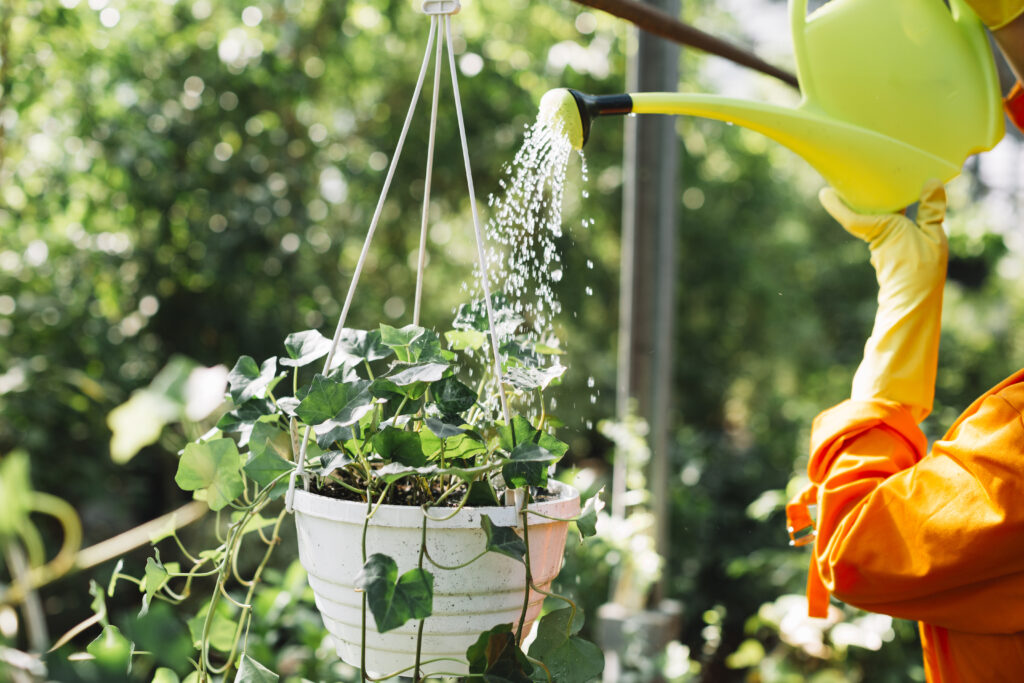
1. Vertical Gardening :
Maximise space in your garden by incorporating vertical gardening techniques such as trellises, arbours, or wall-mounted planters. Vertical gardens not only save space but also provide additional opportunities for cats to explore and interact with their environment.
2.Raised Beds and Containers:
Create raised beds or plant flowers in containers to elevate them above ground level and reduce the risk of accidental ingestion by curious cats. Use sturdy containers with drainage holes to prevent waterlogging and ensure proper root aeration.
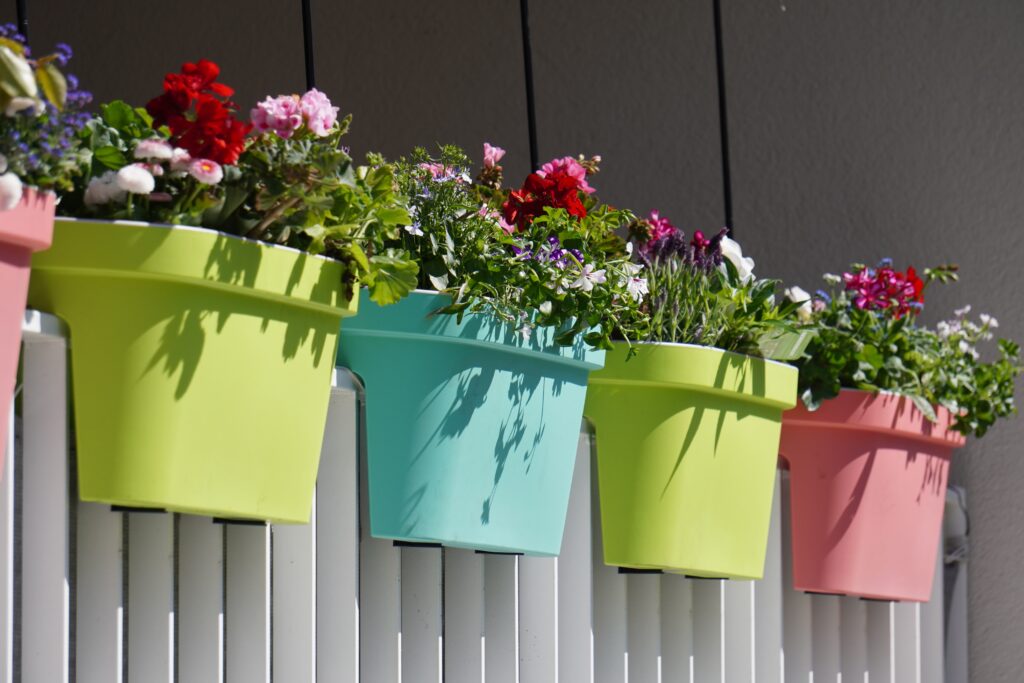
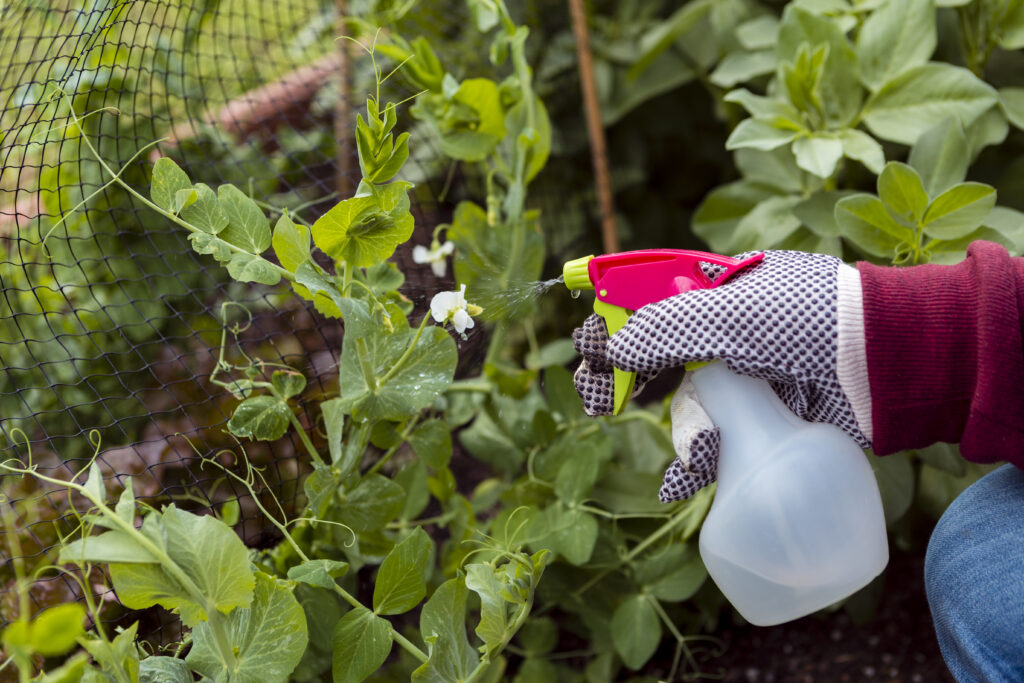
3.Natural Deterrents:
To discourage cats from nibbling on your flowers, consider using natural deterrents such as citrus peels, coffee grounds, or diluted vinegar spray around your garden beds. These scents are unappealing to cats and can help protect your plants without causing harm
Conclusion:
By choosing cat friendly flowers for your garden and implementing proper care and maintenance practices, you can create a safe and inviting outdoor space where your cats can roam and play freely. Whether planted in garden beds, containers, or hanging baskets, these flowers add beauty and charm to your landscape while ensuring the safety and well-being of your beloved pets.
“Discover More: Enhance Your Garden with Bee-Friendly Tips!”
